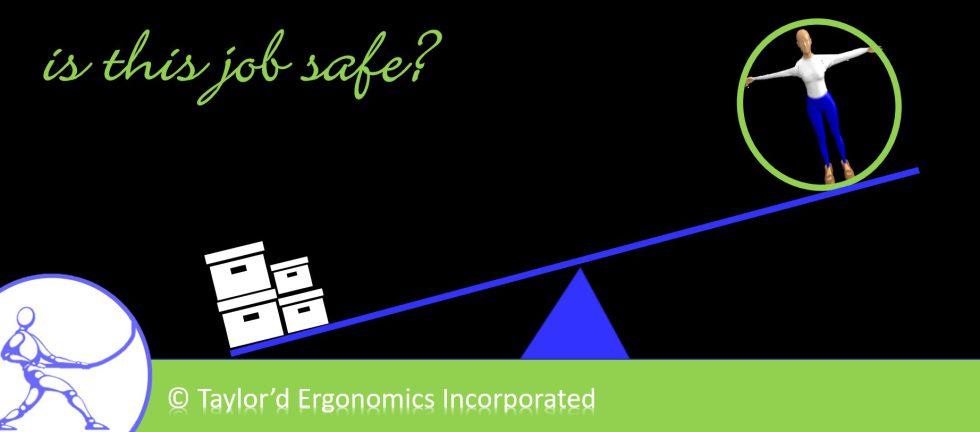Some clients call us because a job has been associated with concerns or injuries, and they want to know if the job really warrants improvement. They might be hoping that we’ll help them find an innovative solution for a longstanding issue. Others may hope that we’ll say the strain/sprain injury risk for the job is acceptable…the level of risk for the worker population is within guidelines. Some clients have identified a solution for a hazard, but need justification.
In almost all of these cases, we start by answering the question, “Is this job safe?”
A “risk index” helps us to understand how the demands of a job compare with workers’ physical capabilities. When the demands exceed recommended thresholds, the risk index is high. If the demands fall within the guidelines, then the risk index is low.
Even when the client already understands that the risk is high, we usually start with a risk assessment. When developing recommendations, we want to ensure that the selected solution mitigates the risk. In order to compare various alternatives, we need to first understand the baseline risk. Here’s an example.
A client recently asked for an ergonomics (strain/sprain injury risk) assessment for a “Receiver” job.
- The Receiver transfers boxes and items of various sizes and weights, between pallets.
- Items weigh 7 kg on average, but can weigh up to 30 kg.
- The Receiver is expected to call for help for items that weigh more than 30 kg.
The risk index for the “average” items was 0.7 (less than 1, acceptable). The risk index for heavy boxes was 3.1 (more than three times the recommended limit). During debriefing, several ideas were generated, including lift tables that would allow the Receiver to raise or lower the pallets, and a vacuum lift, which would pick up items mechanically so the Receiver simply guides the items between the pallets.
The ergonomist evaluated both solutions:
- The lift tables would reduce the risk a bit, but the index was still 2.8 for heavy items.
- The vacuum lift would reduce the risk to 0.1, which is well within the recommended safety thresholds.
The client can pursue the vacuum lift solution with confidence that it will address the hazard. This “what if” approach is also used to evaluate various combinations of solutions, including administrative controls.
Of course, a vacuum lift might offer other advantages as well…the job might be more efficient because items of any weight would be handled by one person. Heavy, awkward items might be less likely to be dragged, dropped, or dented. Perhaps the Receiver job would no longer be the least desirable in the facility, and the cost to continually train new workers would be reduced.
If you’ve identified a “best solution” that is difficult to cost-justify, contact us…you might be the perfect research partner for our fall research project. We’re looking for opportunities to cost-justify ergo improvements based on productivity, quality, and job satisfaction metrics.


